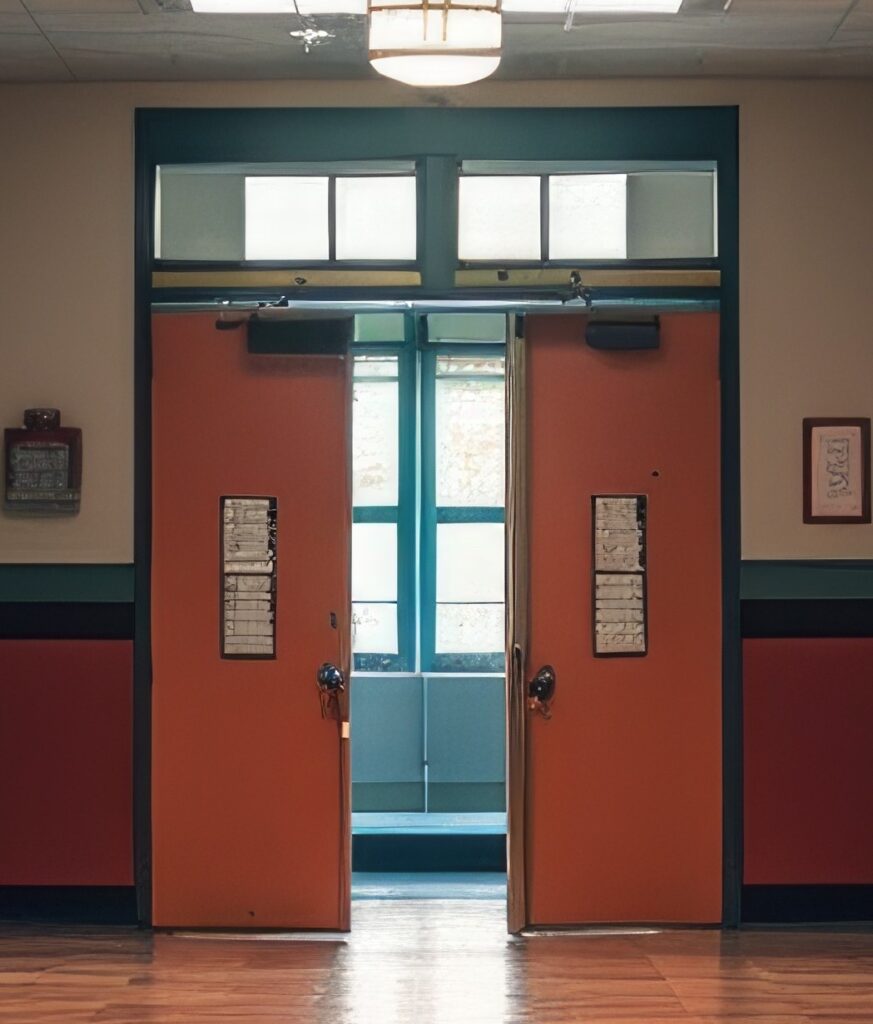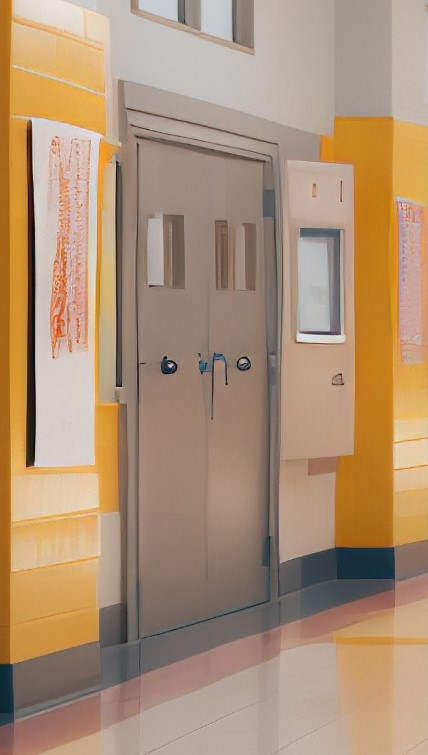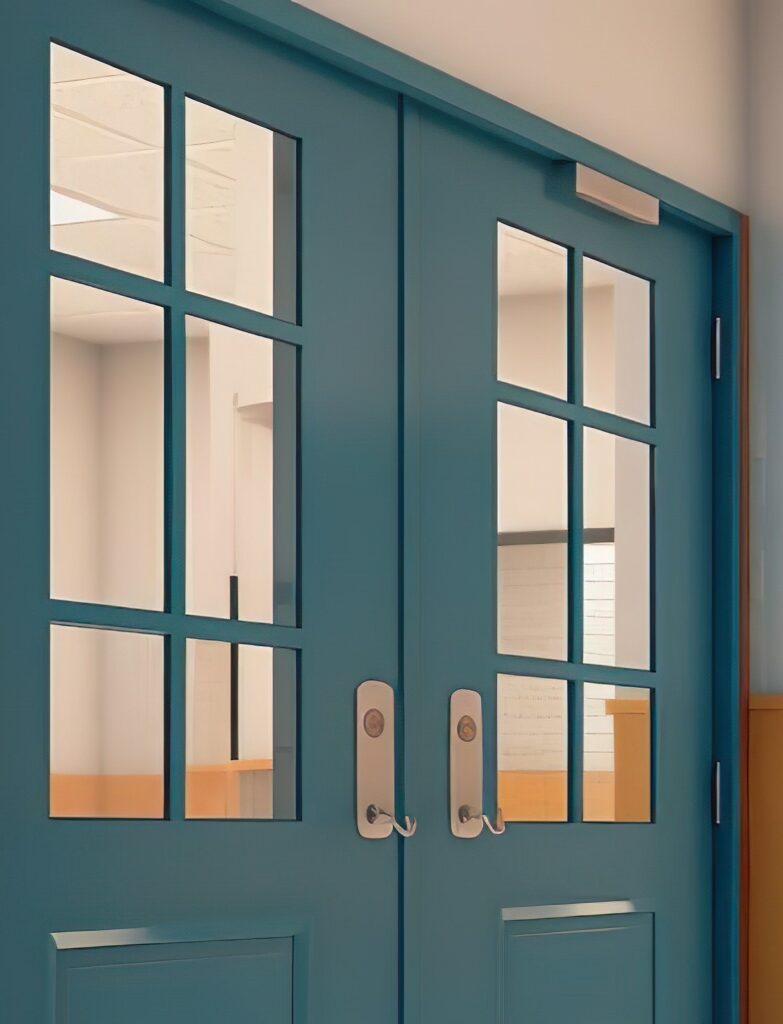 I was recently at a birthday party for a married couple – the husband and wife were both turning 80 years old. Their daughter, a school administrator and my friend for many years, gave a speech to honor her parents.
I was recently at a birthday party for a married couple – the husband and wife were both turning 80 years old. Their daughter, a school administrator and my friend for many years, gave a speech to honor her parents.
Just before heading to the front of the room my friend whispered to me, “I used ChatGPT to write my speech, and I think it came out pretty good!” And you know what?? She was right! Her speech touched on her parents’ interests, celebrated their relationship and family, included metaphors, invoked emotion…I was shocked!
The use of Generative AI (Artificial Intelligence) has been a hot topic of discussion in our house, mostly because kids are getting in trouble for using the technology to do their assignments in school. Many of you have followed the progress of my kids over the years, and there are exciting times ahead. The oldest received a Fulbright Award to spend the upcoming school year in Colombia as an English teaching assistant at a university. My middle kid will be a college freshman in August, and the little one who used to cause so much trouble and wind up on iDigHardware will graduate from high school next week. Generative AI is a tool that could be helpful to each of them if used correctly.
But what about the door and hardware industry? I was talking about ChatGPT with a coworker recently, confidently stating that I wouldn’t be replaced by AI. I mean…imagine how great it would be if you could ask a computer a code question, and knowing that you could trust the answer!! I would actually welcome that resource if it was accurate, but I had my doubts.
So I asked an AI chat bot a simple code question: “Where is panic hardware required?” The bot started off strong: “Panic hardware, also known as an exit device or crash bar, is required in various locations to ensure safe and efficient emergency exits.” Hmmm…not bad. The bot went on to give some examples of common places where panic hardware is required:
- Public Assembly Buildings: Panic hardware is required in public assembly buildings, including theaters, concert halls, stadiums, and auditoriums. These venues often have a large number of people, and panic hardware allows for rapid evacuation during emergencies.
- Educational Institutions: Panic hardware is required in schools, colleges, and universities to provide safe exits for students, faculty, and staff. It is essential for maintaining the safety of the occupants during emergencies like fires or other threats.
Uh-oh. Maybe my expiration date is closer than I thought. Then the chat-bot blew it, by stating that panic hardware is required in health care facilities, is typically required in commercial buildings, such as offices, retail stores, restaurants, and hotels, and may be required in industrial buildings. Close, but not technically correct. I think my job is safe, at least for now – I really hope people are not relying on AI to answer code questions. (Here’s a video about where panic hardware is actually required by code.)
Another use of Generative AI is in the creation of images. In the Olden Days we used to get excited about the rare sighting of a quirky hardware application on TV or in a movie – like a door closer mounted upside-down. With AI-created images, you can find hardware problems without even looking! Why is that door swinging the wrong way? Where is the panic hardware? What am I even looking at??
Maybe that will be a job opportunity in the future – checking AI images for hardware accuracy and code issues. 😀
Here are a few examples…enjoy!
Will Generative AI make us obsolete? (In my opinion – not any time soon. )
Are you using this technology? Are there opportunities in the door and hardware industry for AI?
What do you think?
You need to login or register to bookmark/favorite this content.



















I’ve used some AI’s for giving me codes not asking what they say. Gives me a quicker way to navigate the codes but I still read them. Often it helps to quicken but sometimes it just doesn’t get it.
I’ve been wondering about this use for AI as well. If we rely on LLM (large language model) AI, their output is suspect. They’ve been known to “invent” wide swaths of information that is simply not there. However, if an AI engine were to be trained on a limited subject scope, say for our purposes NFPA 80, 101, & 105, and BHMA A156, and UBC, it would likely be highly insightful and reliable. Oh, and train it on the idighardware cinematic universe!
I wonder if I could populate an AI engine with correct code info before I retire…then the question is – how to keep it current!
– Lori
I’m sure most of us have seen Robo Cop. That was a fail.
“”A COMPUTER CAN NEVER BE HELD ACCOUNTABLE THEREFORE A COMPUTER MUST NEVER MAKE A MANAGEMENT DECISION”” – IBM, 1979
“Maybe that will be a job opportunity in the future – checking AI images for hardware accuracy and code issues”
The D8 AI that could be:
-AI that could pull handing, partition types and flag exceptions where RFI will be needed from PDF files and then export to .xml format would be game changing. This would speed up takeoff and detailing significantly.
-AI that could accurately specify doors frames and hardware from AutoCAD, BIM or PDF blueprints will be interesting.
-AI that could generate a hardware schedule, choose door, frame ,species ,cut ,finish and construction within the requirements of the created specifications would be powerful.
-AI that will automate alt sourcing each door, frame, hardware component on the material list with a range of manufacturers at different price points and grade would be powerful.
-AI that could then take this and populate OEW or every other manufacturers equivalent online ordering platforms with the correct preps and properties for the doors and frames would be powerful.
-AI that could output all of this into a format palatable to lets say Comsense for PM and Accounting and this would be a game changer.
In the beginning you will need a human to double check everything, but project after project if a person tweaks the AI to improve its accuracy at some point you could get to 99.9% .